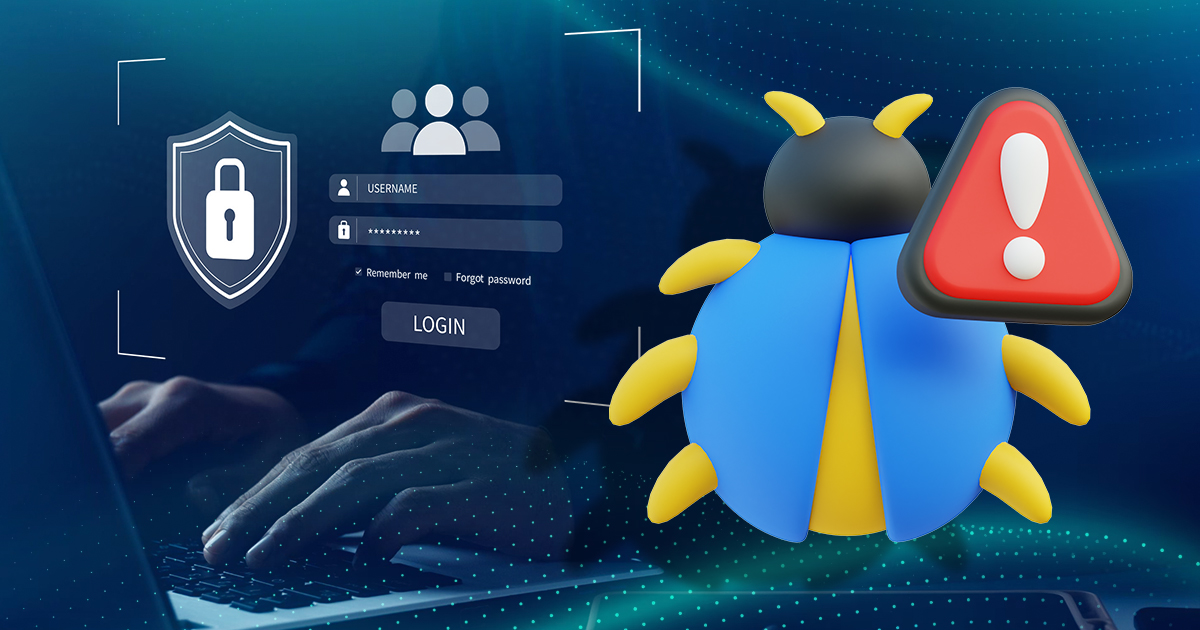This article analyzes how Google’s Gemini AI is becoming deeply integrated into classroom environments. It looks at how it is changing the way teachers work and how students learn. The goal is to reflect on the risks, opportunities, and long-term effects of this change. It also raises questions about control, creativity, and the future of education with AI.
When AI Graduates from Experiment to Institution?
AI used to be a novelty in classrooms. Now it’s the system.
I recall when AI first entered the education sector. It was an experiment, as a tool on the sidelines. A chatbot here, a lesson plan generator there. Mostly curiosities. What began as a support tool is now becoming essential for classrooms to operate, with Gemini playing a much larger role than before.
With integrated into Google Workspace for Education, we’re watching the emergence of a new kind of school infrastructure, one quietly coded by Silicon Valley. AI is now writing lesson plans, tutoring students, generating feedback, and even tracking learning progress.
Gemini may appear to support teachers, but in practice, it’s gradually stepping into their place in ways that are harder to detect And the change feels quiet. Too quiet. I worry that while we’ve debated AI’s impact on the workforce and privacy, we’ve missed how deeply it’s infiltrating the years of learning. Are we building better classrooms, or outsourcing them to algorithms?
Gemini Is No Longer a Tool – It’s Infrastructure
When I say Gemini is no longer a tool, I mean it’s no longer something schools’ use. It’s something schools are increasingly relying on. It’s easy to get caught up in the technical features, such as interactive study guides through Notebook LM, the new “Gems” for custom tutoring, or expanded video creation capabilities through Google Vids. But what’s striking isn’t what Gemini does. It’s where it now lives: in the digital DNA of the classroom.
In 2024, over 80% of U.S. K-12 schools already used Chromebooks. Google didn’t just walk through the front door of education. It built the building. And now Gemini is the architect inside, quietly redesigning what teaching and learning look like. Google’s integration strategy is elegant and practical. Through Docs, Meet, Classroom, and now Gemini, it’s not offering help. It’s becoming the platform for education. Not as an app. Not as a plug-in. As the spine.
are no longer experimenting with Gemini, but they’re starting to rely on it as part of their daily routine. At ISTE 2025, Google unveiled its most comprehensive classroom AI suite yet, with no cost barrier. A gift? Maybe. However, free software often comes with strings attached that are stronger than any price tag. It’s one thing to invite AI into the classroom. It’s another to let it take the chalk and start writing the curriculum.
So the question is, at what point does supporting education become shaping it?
Why Google Wants to Run Your Classroom?
“Giving it away for free? That’s not generosity. It’s a strategy.”
I used to trust “free” in ed‑tech. Now I see the pattern: subsidize the platform, own the ecosystem. Rather than offering straightforward support to educators, Google is aligning Gemini to become the backbone of how schools function.
In practice, schools lean on Gemini for everything, from lesson planning to tutoring to grading. I’ve seen editors at the helm, but the AI quietly writes much of the content. Gemini is creeping toward becoming the co‑instructor you didn’t realize you hired.
Google isn’t offering a sidekick. It is more like running the show. And for many districts that lack technical staff, that offer seems appealing, such as providing automation, quick setup, and fewer day-to-day burdens for overworked educators But we must ask: do we want to hand the keys to our curricula to an algorithm?
Risk 1 – Overreliance on AI judgment
One risk is that teachers begin to trust Gemini more than their instincts.
Algorithms lack intuition. They have data trends. And when a teacher defers to a suggestion simply because “AI said so,” we lose more senses, like cultural context, emotional undercurrents, and the gut instinct that no algorithm can replicate.
It’s possible students will shape their thinking to suit the algorithm, not the lesson. If Gemini favors certain structures or phrasings, students might adapt their thought process to match that tone, even subconsciously. We risk training learners to think like an AI, rather than thinking independently.
Risk 2 – Student data harvesting
There’s also a quiet collection of student data. Gemini tracks progress, engagement, and errors. We can say that it learns about each student. That data isn’t just used to personalize learning. It could feed models that shape future interactions in ways we don’t fully see or control.
Risk 3 – Decline in critical thinking
This isn’t simply alarmist talk and research confirms it’s something we can quantify. A 2024 review of 14 studies found that over‑reliance on AI dialogue systems led to a significant decline in students’ critical thinking and analytical reasoning. Those students wanted quicker AI answers, not deeper understanding. That data rings loudly in my brain. We’re not just risking convenience here; we’re risking cognitive muscle memory we can’t yet afford to lose.
Risk 4 – Narrowed learning styles
Gemini may also push certain thinking or learning styles. Its outputs reflect Google’s training biases and pedagogical assumptions. Are we amplifying one type of intelligence, such as logical‑sequential and at the same time assessment-focused? What about creativity and curiosity? Are they sidelined because they don’t fit Gemini’s model?
Risk 5 – Pressure on teachers
And teachers will feel it. There’s pressure to match the speed, polish, and consistency of AI content. The subtle art of teaching could morph into the mechanics of moderating AI output. Before long, a truly inspired lesson could feel like an “off‑script” risk.
I worry less about what Gemini can say and more about what it can silence.
When we let convenience replace pedagogical judgment, we risk losing the space where real learning happens. The friction, the questions, the chaos of the unexpected, all those things that shape thinking and resilience, might be smoothed over by polished AI.
These aren’t warnings against AI tools. But I’ve learned that handing over core systems comes with responsibility. We need guardrails, not just features. We need intentional design, not just a shiny rollout. And most of all, we need to ask: who’s designing the future learners, and why?
What This Might Mean for Teachers?
We may see teachers become AI moderators rather than educators. In my time, I’ve watched educators transform into gatekeepers, checking AI outputs, correcting their tone, even censoring their suggestions. The spark of improvisation that comes from reading a student’s puzzled look might be lost when AI becomes the first responder.
If Gemini becomes the go‑to co‑pilot, will human creativity get sidelined? A 2024 study from University of Georgia identified 4 evolving teacher roles: observer, adopter, collaborator, and innovator, as AI integration deepens. Most teachers start as adopters, using AI for lesson preparation. But few reach innovator status, combining human and machine insight. Issuing lessons may become routine, editing AI drafts becomes the job.
Good teachers improvise, adapt, and notice subtle cues. But Gemini can’t sense a child’s anxiety when they misread a math problem or pick up on quiet frustration. It processes data, not despair. A 2025 review of AI in teaching found that teacher agency declines if AI is used without supportive training. That tells me: without investment in professional development, the matchmaking between teacher instincts and tech may fall apart.
Reflection: The role of the teacher may change from expert to editor. And that change isn’t trivial. A teacher’s value is in the unexpected, sparring, questioning, and off‑script intuition. We risk reducing educators to line editors polishing machine‑crafted prose. That may save time, but at what cognitive cost?
What Kind of Future Are We Training Students For?
Are we encouraging curiosity, or just better prompt engineering? A 2025 study argues prompt‑engineering skills help guide AI interactions. But it found they don’t significantly improve students’ flexible help‑seeking or analytical depth; that rings an alarm. Prompting isn’t the same as questioning. When we teach students to deconstruct problems, not just frame prompts, they learn to critique, not just compute.
Will students still struggle through learning, or shortcut everything? A MIT Media Lab study with 54 adult learners showed those who used ChatGPT had significantly reduced brain activity during drafting and produced more formulaic writing. I see that as a warning shot. It’s not sci‑fi. It’s today’s hardware: smoothing the friction that sparks deeper thought.
There’s value in friction. Gemini may smooth out too much. Think of learning like steelmaking. Raw ore must endure both the furnace and the hammer. That friction creates strength. Overpolished output from Gemini might leave mental muscles soft. We risk raising students who collaborate with AI or defer to it.
We could be raising kids who trust AI, not verify it. We must train them to question, challenge, and outthink the machine, not just out-prompt it. Rather than focusing on managing AI, we should be focused on educating students to engage with it and to question it when needed
We should ask not only what we fear but also what we could build. A recent study introduced metacognitive prompts, simple prompts that ask students to pause, reflect, and evaluate AI answers. In a study with 40 university students, those prompts caused them to explore broader topics, critique AI outputs, and deepen inquiry rather than default to first-pass responses. That tells me if we can shape AI use to spark reflection rather than promote shortcuts, we might train thinkers, not just prompt engineers.
So, the real question becomes: how do we design classroom AI that challenges students, not smooth over challenges?
The future of learning still needs teacher
I would always stand for efficiency. But convenience doesn’t always mean progress. Gemini may help teachers, but it shouldn’t replace their judgment or their job.
Studies show that heavy reliance on AI weakens critical thinking and memory. A 2025 neuroscience paper warns that offloading mental effort to AI can atrophy procedural memory and intuitive mastery, skills needed for experts. In practical terms, smoother essay drafts or lesson plans shouldn’t come at the cost of teachers’ sovereignty.
I see schools trading friction for fluency, and we must pause. When 74% of teachers acknowledge AI improves personalized learning, that’s promising. But when 68% of students show signs of cognitive laziness due to over‑reliance, alarm bells ring. I weigh both sides. Tools are powerful, but people are the ones that create meaning.
So let’s challenge ourselves. Before we integrate AI into every part of school life, let’s ask: whose vision of learning are we building toward? Is it ours, as curious, adaptive humans? Or are we quietly teaching deference to algorithms?
This isn’t a rejection of AI, but a reminder that progress in education must include human insight and involvement on every step of the way We need clear boundaries and transparency but also training. We need human‑first design that ensures AI serves, not supplants, judgment. That’s how we build real progress, not just polished efficiency.




